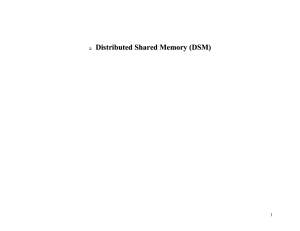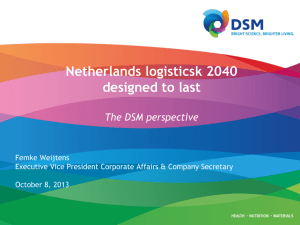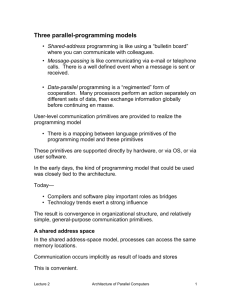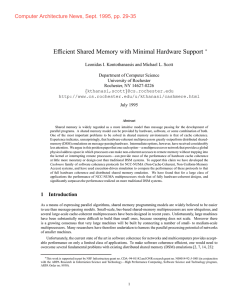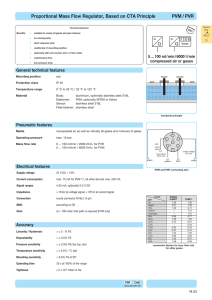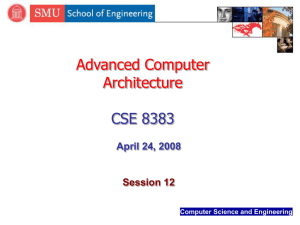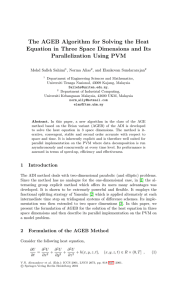A Distributed Objects Shared Memory System
advertisement
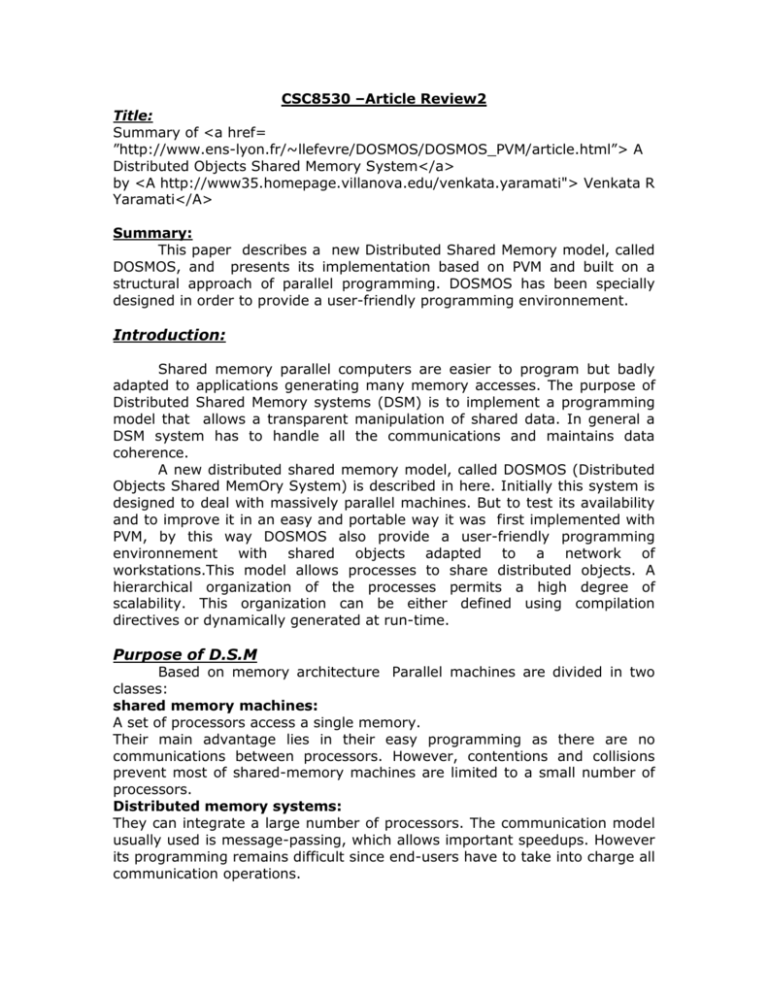
CSC8530 –Article Review2 Title: Summary of <a href= ”http://www.ens-lyon.fr/~llefevre/DOSMOS/DOSMOS_PVM/article.html”> A Distributed Objects Shared Memory System</a> by <A http://www35.homepage.villanova.edu/venkata.yaramati"> Venkata R Yaramati</A> Summary: This paper describes a new Distributed Shared Memory model, called DOSMOS, and presents its implementation based on PVM and built on a structural approach of parallel programming. DOSMOS has been specially designed in order to provide a user-friendly programming environnement. Introduction: Shared memory parallel computers are easier to program but badly adapted to applications generating many memory accesses. The purpose of Distributed Shared Memory systems (DSM) is to implement a programming model that allows a transparent manipulation of shared data. In general a DSM system has to handle all the communications and maintains data coherence. A new distributed shared memory model, called DOSMOS (Distributed Objects Shared MemOry System) is described in here. Initially this system is designed to deal with massively parallel machines. But to test its availability and to improve it in an easy and portable way it was first implemented with PVM, by this way DOSMOS also provide a user-friendly programming environnement with shared objects adapted to a network of workstations.This model allows processes to share distributed objects. A hierarchical organization of the processes permits a high degree of scalability. This organization can be either defined using compilation directives or dynamically generated at run-time. Purpose of D.S.M Based on memory architecture Parallel machines are divided in two classes: shared memory machines: A set of processors access a single memory. Their main advantage lies in their easy programming as there are no communications between processors. However, contentions and collisions prevent most of shared-memory machines are limited to a small number of processors. Distributed memory systems: They can integrate a large number of processors. The communication model usually used is message-passing, which allows important speedups. However its programming remains difficult since end-users have to take into charge all communication operations. Distributed-Shared Memory Systems want to propose a trade-off between the easy-programming of shared memory machines and the efficiency and scalability of distributed memory systems by allowing the programmer to share "memory objects" without being in charge of their management.The goal of a DSM system is to make inter-process communications transparent to end-users. Both hardware and software implementations have been proposed in the literature. From a programming point of view, two approaches have been proposed. Shared virtual memory systems: They are very similar to the well-known concept of paged virtual memory implemented on mono-processor systems, all distributed memories are virtually merged together into a single wide address space. Distributed shared memory systems: They share objects i.e. variables with access functions. The user has only to define which data (objects) are to be shared. The whole management of the shared objects is assumed by the DSM system. In both the approaches described above, implementing a DSM system implies to address problems of data location, data access, sharing and locking of data, memory coherence. DOSMOS Model: The model is based on a set of passive objects distributed among the processes of the application and these objects may be shared in a transparent way by these processes. The user has to declare his objects and the read/write operations realized on these variables. The effective location of his data is hidden to the user. The system manages the mapping of the objects and their accesses with a classical client-server protocol. our system is based on a one writer and many readers model which provides multiple copies of the same object in different processes. As the links between processors are physically the same way of communication , the notion of groups was introduced. These groups virtually merge together processes which globally share the same set of objects, which allows to avoid global communications between all the processors required to maintain objects coherence, which proposes a structural approach of parallel programming. A group can be created at compilation-time by the user if he knows which processes of the application share the same set of objects. When a process wants to access an objects shared by an other group, it can do an occassional access . The copy returned by this request is correct at a given instant but the coherence of this copy will not be maintained by DOSMOS. Implementation: The implementation of DOSMOS is based on two different layers as shown below. Preprocessing level: It treats and analyses the user's application to detect and generate accesses to shared objects. This phase is useful to assume the transparence of our system. DSM level: It assumes the creation of objects, groups and processes and the distribution of the application among the processor with classical PVM functions. Memory and application process: There are two main class of processesdescribed as below. Application process (A.P.):It contains and executes the code of user's application Memory process (M.P.): It manages all shared objects accesses required by the process application These two processes are generated by a classical master process and can be mapped on different workstations or can run together on the same processor. Each application process only deals with its dedicated memory process to access to shared objects. A memory process manages the shared variables of different application processes, if the amount of communications is not too heavy between these APs and the other processes. If an AP wants to access to a shared object not present in its local memory, it only sends the request to its dedicated memory process. Then the MP takes into charge all the communications required to access the shared object. Groups: In each group, a memory process plays the role of a link process (LP). It is dedicated to the communication between groups. When a memory process attempts to access to an object belonging to a different group, it sends its request to the LP. This Link Process will communicate with the others LP of the virtual architecture to find the requested object. The LP is the only entry point in the groups. Conclusion: Experimentations to compare applications with prototype to applications using classical message-passing communications between processors are being held. The first results, on small applications of matricial computing show little difference of execution time. Application using DOSMOS takes more time than the same application with message-passing communications (1.4 time more), but applications using DOSMOS are much easy to write because all communications and data locations are hidden to the user. These applications are portable and more reliable because the system manages all the communications. PVM has permitted an easy implementation of the system on network of stations.
